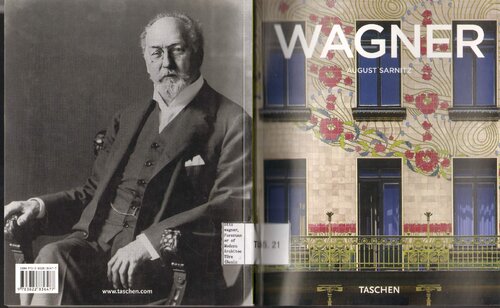

Most ebook files are in PDF format, so you can easily read them using various software such as Foxit Reader or directly on the Google Chrome browser.
Some ebook files are released by publishers in other formats such as .awz, .mobi, .epub, .fb2, etc. You may need to install specific software to read these formats on mobile/PC, such as Calibre.
Please read the tutorial at this link: https://ebookbell.com/faq
We offer FREE conversion to the popular formats you request; however, this may take some time. Therefore, right after payment, please email us, and we will try to provide the service as quickly as possible.
For some exceptional file formats or broken links (if any), please refrain from opening any disputes. Instead, email us first, and we will try to assist within a maximum of 6 hours.
EbookBell Team

4.7
86 reviewsThe pioneer of Viennese Modernism One of Austria's most influential architects, Otto Wagner (1841-1918) played a key role in modernizing urban architecture. Forming an approach described as structural rationalism, Wagner pioneered use of materials such as glass, steel, and especially aluminum. He was associated with the Viennese Succession, a group of artists and designers head...
The pioneer of Viennese Modernism One of Austria's most influential architects, Otto Wagner (1841-1918) played a key role in modernizing urban architecture. Forming an approach described as structural rationalism, Wagner pioneered use of materials such as glass, steel, and especially aluminum. He was associated with the Viennese Succession, a group of artists and designers headed by Gustav Kllmt that initiated a departure from the conservative style of the Viennese Kunstlerhaus. Among Wagner's most important buildings are the Vienna Postsparkassenamt (Postal Savings building) and the Steinhof Church. Basic Architecture features; Each title contains approximately 120 images, including photographs, sketches, drawings, and floor plans; Introductory essays explore the architect's life and work, touching on family and background as well as collaborations with other architects; The body presents the most important works in chronological order, with descriptions of client and/or architect wishes, construction problems (why some projects were never executed), and resolutions; The appendix includes a list of complete or selected works, biography, bibllography and a map indicating the locations of the architect's most famous buildings